Project Information
Darling River Eco Corridor 25
Human Induced Regeneration
60km north of Wanaaring, husband and wife duo Mike and Lucy Rosser have been regenerating native forests on Paroo Plains since 2017 – all while running a mixed sheep and cattle business across the same land.
The Rossers have spent much of the past decade protecting forests on two other properties in the region so they knew the potential benefits a project could bring to both the land and their business – particularly the ability to de-stock early when drought hits and maintain staff in the hard times to keep families on the land.
When they took over the red sandy mulga country of Paroo Plains it was in the middle of a drought and the native vegetation was showing the impact of overstocking. Thanks to their previous experience with carbon projects, the Rosser’s knew what to do and partnered with GreenCollar to implement over 16,000ha of Human-Induced Regeneration across the property. Despite the drought, they were able to invest in infrastructure upgrades straight away, knowing they had a reliable source of income from the project, and have used sustainable management practices to promote the health of the vegetation and regenerate the land.
Already, the mulga, turpentine, punty bush, hop bush, ironwood, leopardwood and eucalypt species running across the Cuttaburra and Kulkyne Creek channels are growing far more sustainably, all while maintaining a healthy grazing enterprise. The project provides critical ecosystem services and promotes biodiversity in the region and has even allowed the Rossers to employ more staff.
Now with three projects under their belts, the Rossers are convinced of the regenerative outcomes of their projects for both the environment and their agriculture business.
Key Benefits
We support the Sustainable Development Goals


Statistics
Methodology
Human-Induced Regeneration of a Permanent Even Aged Forest 1.1 methodology (2013) – varied 2016
Registered ID
Date registered
November 2017
Project area
16,750 ha
Permanence
100 years
Location
Wanaaring, New South Wales
Gallery
This project is located North West of Bourke in NSW in the Mulga Lands bioregion. The land consists of undulating plains and red sand mulga country with clay pans and channel country. The dominant species observed on the property from field surveys include Eremophila sturtii, Senna artemisiodes, Dodonaea viscosca, Acacia aneura and Acacia excelsa.
The objective of this project is to regenerate natural woodlands and shrublands. This is achieved by controlled grazing and feral animal management across the project area along with fencing upgrades. In addition to sequestering carbon, regeneration of native vegetation in the project area reverses land degradation caused by feral goats and livestock and stabilises soils reducing erosion.
The Project (ERF115281) was declared project under the ‘Human Induced Regeneration of a Permanent Even-Aged Forest 1.1’ methodology (2013 c2) (the Determination) and generates Australian Carbon Credit Units (ACCUs). This is the fourth version of the Human Induced Regeneration methodology.
The project has issued Kyoto ACCUs in accordance with the date the carbon sequestration occurred. Kyoto ACCUs are issued for all carbon sequestration which has occurred after 14 May 2013 and non-Kyoto ACCUs are issued for carbon sequestration that occurred prior to this date.
| Methodology Determination | Human-Induced Regeneration of a Permanent Even-Aged Native Forest – 1.1 Methodology Determination 2013 c2 |
| Project Declaration Date [1] | 20 November 2017 |
| Permanence Period | 100 years |
| Baseline Period[2]
(10 year period before project application) |
September 2007 – September 2017 |
| Baseline management
(Management during the Baseline Period) |
Suppression of development of forest cover through uncontrolled livestock grazing, uncontrolled feral animal populations.
Confirmed by evidence. |
| Modelling Commencement Date[3]
(Date at which sufficient regeneration had started in the CEA) |
01 January 2010
Note: the method requires there to be some vegetation present, at the modelling commencement in order to confirm that the area has the capacity to regenerate. |
| Modelling Tool | FullCAM 2016 |
| Audit | There has been 1 audit undertaken by registered Greenhouse and Energy Auditors which has confirmed the project complies with the Methodology Determination and the requirements of the CFI Act in all material respects for the periods audited. The most recent audit report was issued on the 31 August 2018. |
HIR project Carbon Estimation Areas
What are Carbon Estimation Areas?
A CEA is an area of land within a project area where the project activity or activities are being carried out to sequester carbon (for example, the cessation of mechanical or chemical clearing or management of timing and extent of grazing to enable regeneration of vegetation to forest) and for which ACCUs can be credited[4].
These are the areas where project activities occur and where carbon abatement will be modelled applying standardised estimation formulae approved by the Clean Energy Regulator. There can be one or many CEAs on a Project Area.
Each CEA must contain areas of eligible land greater than 0.2ha in size in which the project activities are implemented and which have started to become native forest through regeneration.
- Eligible Land is land that didn’t have forest cover during the baseline period (ie. the 10 years before the Project Application was made) and which has been used or managed in a way that suppresses development of forest cover.
- A particular area of land has Forest cover if the land has an area of at least 0.2 of a hectare and has trees that are 2 metres or more in height and provide crown cover of at least 20% of the land.
Stratification of Darling River Eco Corridor 25 HIR Project Area into CEAs
Stratification is the process of “demarcating the boundaries of CEAs from ineligible and non-implementation areas within a project area”[5].
There are Guidelines setting out how Project Areas are stratified into CEAs. These include rules about evidence, stratification and record keeping to support the requirements in the CFI Rule 2015 (2018 and 2019 Amendments) including key method eligibility requirements.
Stratification of the Darling River Eco Corridor 25 HIR Project was carried out in accordance with the Determination and first reported to the Clean Energy Regulator for a reporting period ending 30 June 2018.[6]
A summary of the stratification of the Darling River Eco Corridor 25 HIR Project is set out below:
| Project Area | 26,308 hectares |
| Number of Carbon Estimation Areas (CEA) | 40 |
| Total Carbon Estimation Areas (CEA) Size | 16,750 hectares |
| Total area excluded from CEA | 9,559 hectares |
| Excluded from CEA –
Pre-existing forest cover (forest present at any time during the baseline period) |
4,815 hectares |
| Excluded from CEA
No forest potential (areas of land that do not meet the requirements of forest potential) |
4,593 hectares |
| Excluded from CEA
Non-project area (areas of land that are within the project area but excluded for other reason e.g. infrastructure or areas excluded for production purposes) |
151 hectares |

This map shows the project area boundary and the different elements of project design including the carbon estimation areas and exclusion areas. This stratification may reflect both initial stratification and subsequent revisions.
In order to inform the initial stratification of the Darling River Eco Corridor 25 HIR project in accordance with the Determination, GreenCollar carried out field surveys and data collection. This included collection of data on existing vegetation species, photos and a detailed site description.
Satellite imagery and remote sensing datasets were used to identify eligible land and exclusion areas. The extent of exclusion areas (totalling 9,559 ha), comprised of pre-existing forest cover (4,815 ha) and areas which classified as having no forest potential (4,593 ha). Through this process a final eligible CEA area of 16,750 ha was confirmed.

This maps shows a current satellite image of the project area. Satellite imagery and remote sensing datasets were used to identify eligible land and exclusion areas.

This map shows a summary of all CEA and Exclusion Areas.
Project Sequestration and Abatement
This version of the HIR Methodology requires using Full Carbon Accounting Model (FullCAM) to determine the sequestration of carbon stocks and emissions required to calculate the net abatement amount for each reporting period. The carbon dioxide equivalent net abatement amount in relation to a reporting period for the project is taken to be the change in carbon stock for the project area less the project emissions. Any carbon stock that accumulated by the crediting start date for the project is calculated as the initial carbon stock and is removed from the calculation of abatement as the proponent is not entitled to credits for it.
See below for the average per hectare sequestration for the Darling River Eco Corridor 25 HIR project.

Implementation & Monitoring
The activities for the project are:
- the management of the timing & extent of grazing, and
- the management, in a humane way, of feral animals
Since project commencement these activities have been undertaken across the project area to assist the regeneration of native forest in attaining forest cover. Once the initial offsets report has been completed, GreenCollar works closely with the land manager of the project property to collect land management information every quarter. This is reviewed and reported on in each offsets report.
A summary of monitoring activities and evidence collection undertaken on this project is set out below:
- Evidence collection in relation to grazing and herd management
- Evidence collection in relation to removal and reduction of feral animals
- Evidence of fire management activities
- Evidence collection from land manager as to other land management activities as relevant
- Change detection assessments
- Repeat biomass inventory surveys to track biomass change of regenerating vegetation
- Daily fire hotspot monitoring and review of Seasonal Fire Risk
- Review of SPEI drought index
- Regeneration Gateway Checks
These surveys are currently not required under the HIR method but are implemented by GreenCollar to provide additional assurance that biophysical threats to carbon stores such as grazing, drought and fire are not negatively impacting the regeneration and to track progress of regeneration of the native forest. In addition, the data collected is utilised for broader research purposes.

This map shows the points within the project area where vegetation biomass surveys were conducted as part of the monitoring process.
A Biomass Waypoint is a randomly allocated point within the project area where sampling data is collected.
Regeneration Checks
The Guidelines require that Proponents must provide regeneration checks at least once every five years from the start of the project’s last or only crediting period until CEAs pass their forest cover assessment date[7], and upon request by the Clean Energy Regulator.
A summary of regeneration checks required for the Darling River Eco Corridor 25 HIR Project is set out below:
| Regeneration Check: Year 6
7.5% canopy cover at 100ha scale[8] |
20 November 2022 – Completed |
| Regeneration Check: Year 10
10% canopy cover at 10ha scale[9] |
20 November 2026 |
| Forest Cover Assessment Date [10] | 20 November 2032 |
The process and methodology includes one or more of the three evidence requirements and reporting:
- Evidence level 1: Change detection analysis, or
- Evidence level 2: Remote sensing analysis and/or
- Evidence level 3: Field data; and
- Reporting
Project Area Files
GIS shapefiles for the project can be downloaded here. These files detail the project stratification including the carbon estimation areas and exclusion areas.
[1] Carbon Credits (Carbon Farming Initiative) Act 2011 Section 27
[2] Carbon Credits (Carbon Farming Initiative) (Human-Induced Regeneration of a Permanent Even-Aged Native Forest—1.1) Methodology Determination 2013 c2 Section 4
[3] Carbon Credits (Carbon Farming Initiative) (Human-Induced Regeneration of a Permanent Even-Aged Native Forest—1.1) Methodology Determination 2013 c2 Section 28
[4] Guidelines on evidence, stratification and records 8 May 2019
[5] Guidelines on evidence, stratification and records 8 May 2019
[6] The initial stratification was reported on prior to the public release of the Guidelines on stratification, evidence and records in May 2019. These guidelines also set out administrative arrangements for projects that have previously reported, including a pragmatic approach that will be taken in situations where additional evidence is required to meet these guidelines. Additionally, the project is defined as an existing project in accordance with Section 9AA of the CFI Rule 2015.
[7] Forest cover assessment date has the same meaning as that given by section 9AA(6) of the CFI Rule.
[8] Guidelines on evidence, stratification and records 8 May 2019
[9] Guidelines on evidence, stratification and records 8 May 2019
[10] Carbon Credits (Carbon Farming Initiative) Rule 2015 Section 9AA(6)
The information on this page was last updated July 2023. The content provided is current as of that date and may be subject to change. Any updates or changes made after this date may not be reflected on this page. Please verify the current status of any information before relying on it.























